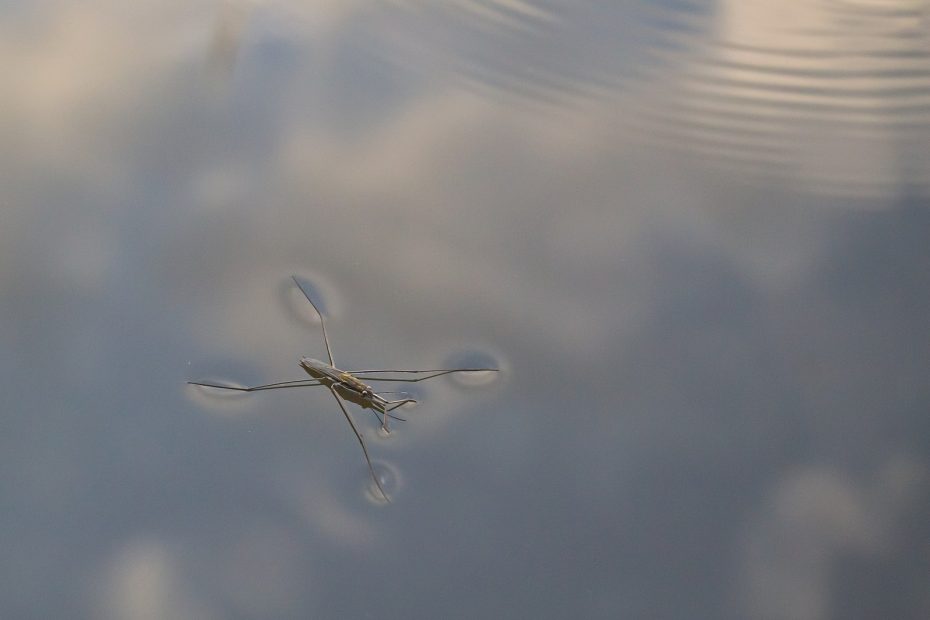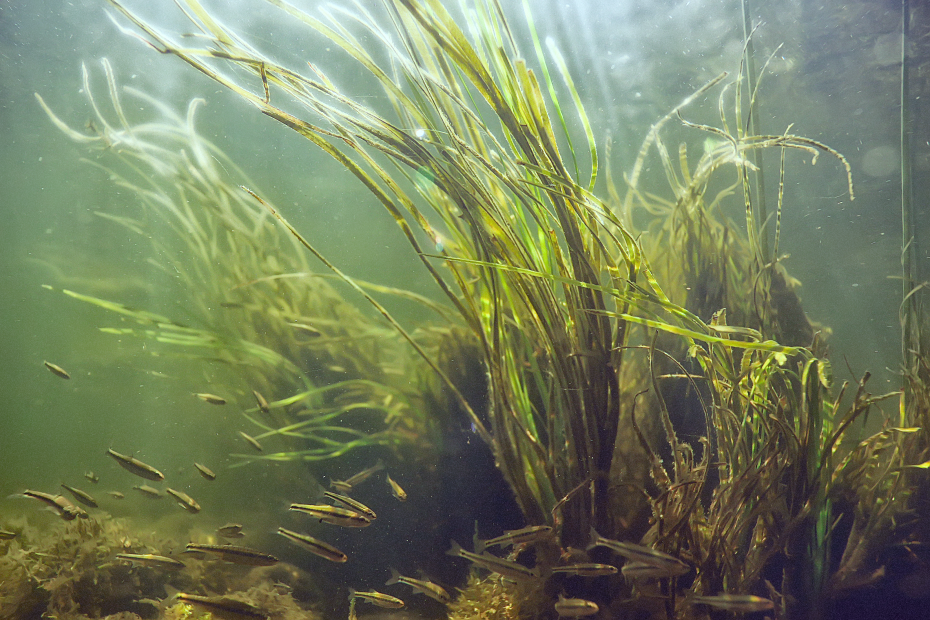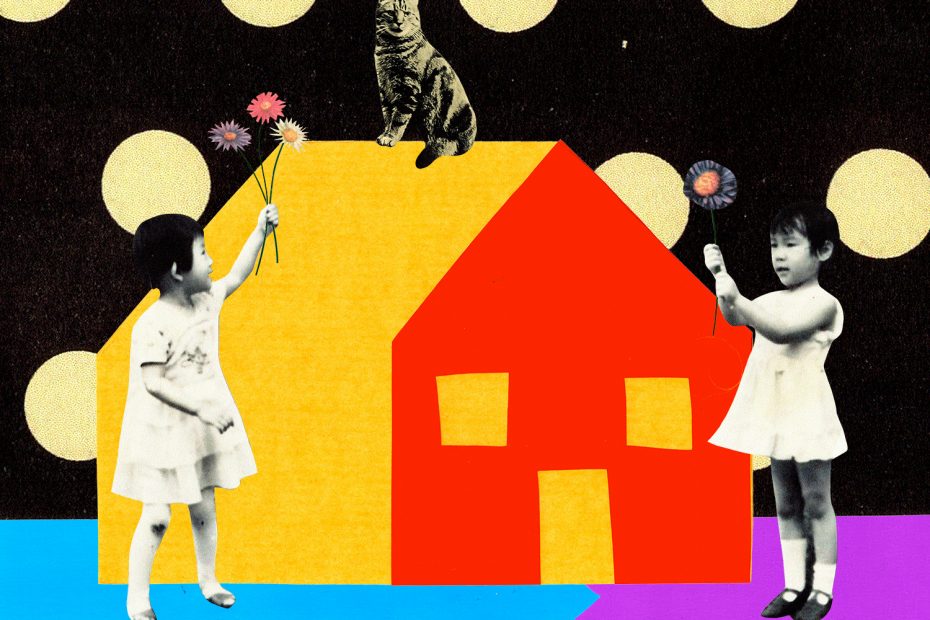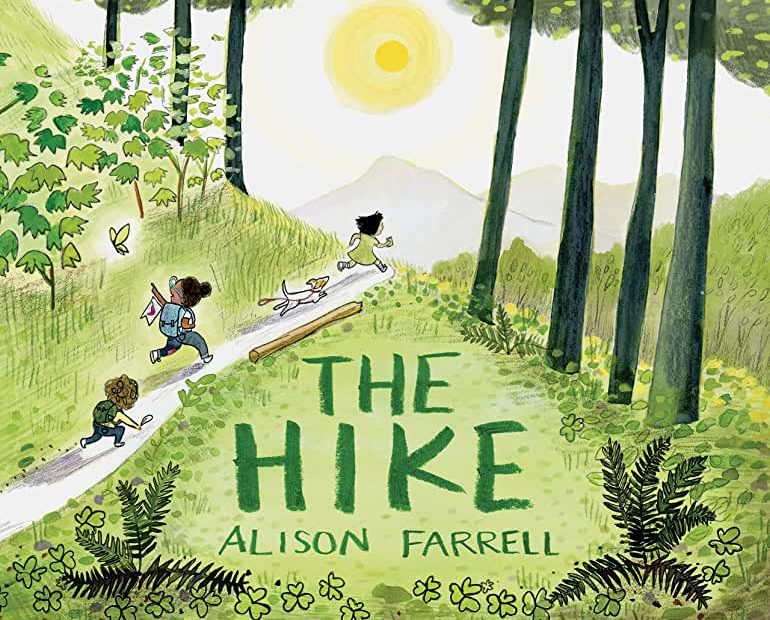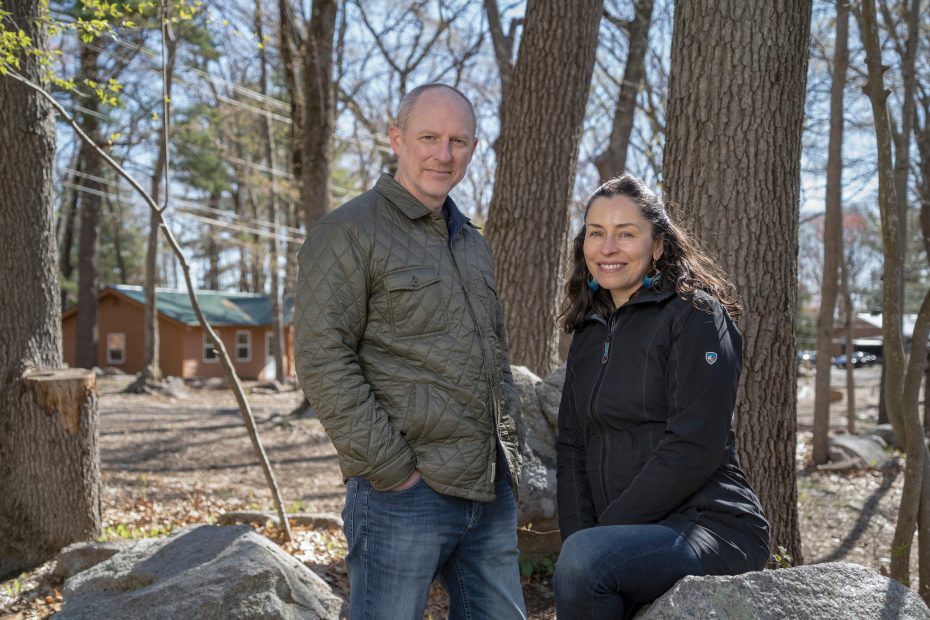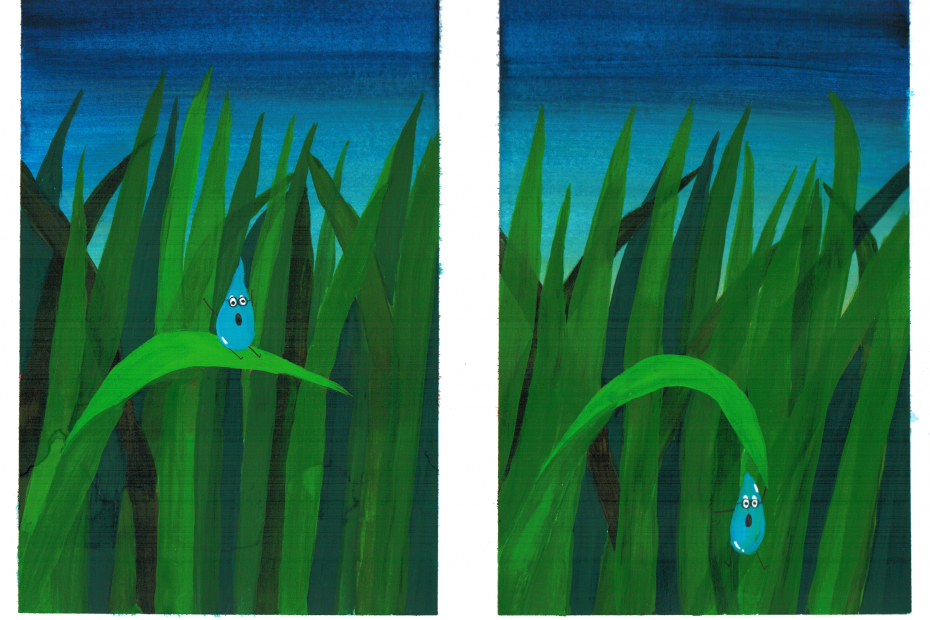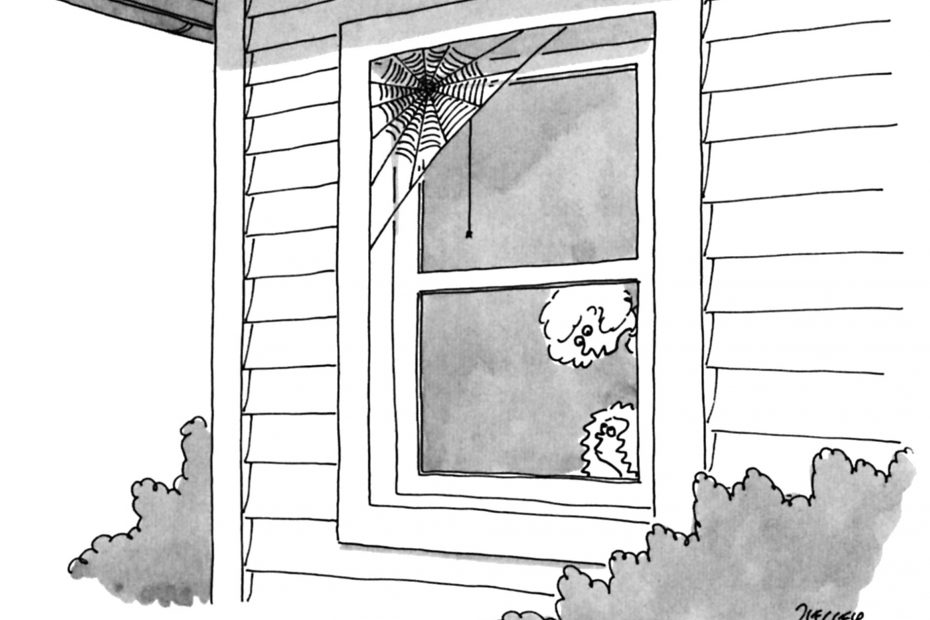By Amy and Dan Warren | Our son, Lio, hops in the car at the end of a cold and damp school day. Rosy-cheeked and smeared with earth and ash from fort-building and fire-making, he reaches down to take off his boots and empty them of leaves, water, and mud. His pockets carry the day’s found treasures: Quartz rocks, cool sticks that double as swords, acorns with their cupule caps carefully removed. He tells us about playing in the stream, falling in, and then warming up by the fire. The cold and wet, and the restorative warmth of fire, are intimate experiences for Lio, part of his personal history. Consequences—the interplay of these experiences—are naturally rooted in the context, and so they are predictable and seemingly just. So too is his personal efficacy, as he navigates the context: The warmth of the fire he helped to make, and his regained comfort, signal his effectiveness. He is but a part of a whole system called Nature.

